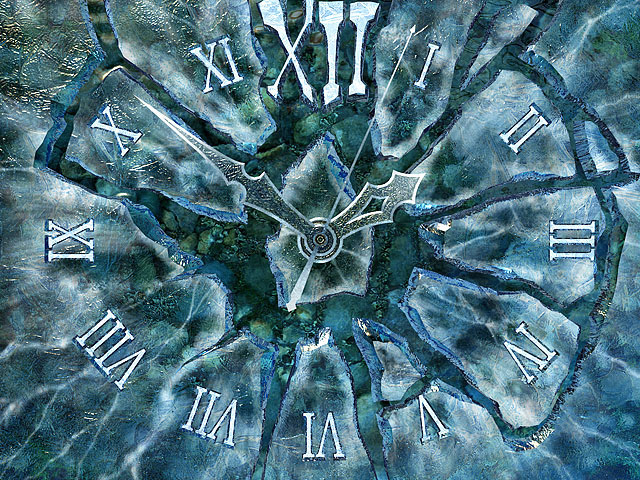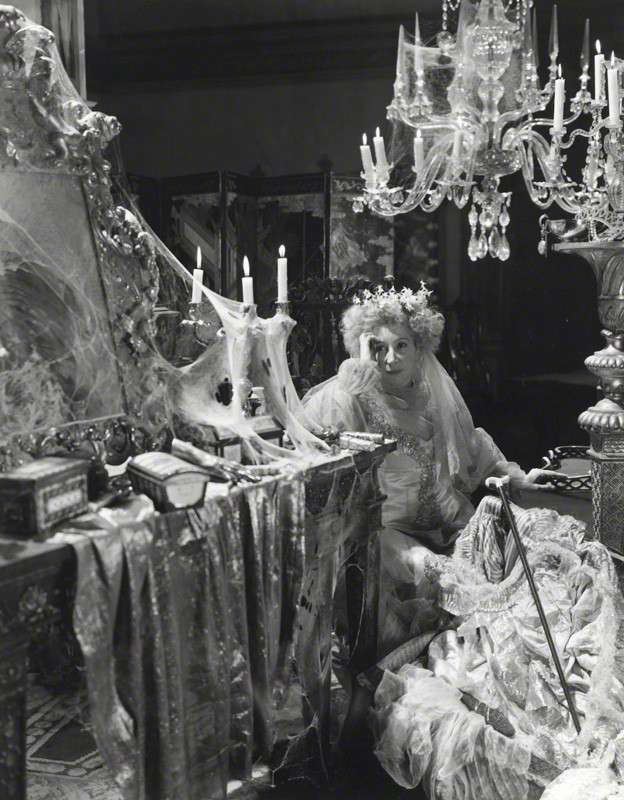Have you ever had trouble finding something in a kitchen cabinet because all the labels were shrouded in shadows? Have you ever scrubbed furiously to remove a stain from a dinner plate, only to realize later that it’s a blemish in the plate itself? Have you ever had difficultly reading a cookbook laid open on the kitchen countertop? Responding yes to any of these questions could be an indication that your kitchen has insufficient lighting.

Assuming there’s nothing wrong with your eyesight, the lights in your kitchen may be too few, or improperly placed, or simply not emitting enough bright light. And most cooks agree, there’s nothing more frustrating than working in a dimly lit kitchen where you can’t see what you’re doing.
You can have the latest, most expensive “designer kitchen,” but if it’s poorly lit, you’ve just wasted your money. You won’t be able to see which spices you’re sprinkling into the soup, or how badly you’re bleeding after accidentily slicing open your finger while dicing onions … because you couldn’t see!

A great kitchen has lights everywhere: over the stove, over the sink, above every foot of counterspace. And if you have an island, over that too. There are even lights for UNDER the counters and INSIDE the cabinets! You need to be able to see what’s lurking under the sink! But lights aren’t just for function. Good lighting adds to the esthetics of both the kitchen and dining area. In fact, a handsome light fixture properly positioned above the table, such as a chandelier, is just as important as your place-settings and centerpiece.
Form and function. Lights are useful tools that add beauty to life. It’s close to impossible to get along without light; but light is something you rarely think about until you have to do without it. Living in the woods of New Kent, we’ve had many occassions when we lost power. And when it gets dark in the woods … IT REALLY GET’S DARK! So we’ve stocked up on candles, flashlights, and hurricane lamps. Sitting in the dark is no fun, and a world without light would be a dark and gloomy place.
 In society, light promotes safety and order. (If you don’t believe this, read your history: people seem to go crazy during blackouts in major metropolitan areas. When the light goes out, the looting and vandalism starts.) Lights illuminate and guide our way. (Streetlamps and fluorescent signs.) They control and direct traffic, further ensuring order. (Traffic and crossing lights.) We could go on, but we think you get the point.
In society, light promotes safety and order. (If you don’t believe this, read your history: people seem to go crazy during blackouts in major metropolitan areas. When the light goes out, the looting and vandalism starts.) Lights illuminate and guide our way. (Streetlamps and fluorescent signs.) They control and direct traffic, further ensuring order. (Traffic and crossing lights.) We could go on, but we think you get the point.
The Bible explains that God and His holy Word are the ultimate source of Spiritual Light. Jesus said, “I am the light of the world. If you follow me, you won’t have to walk in darkness, because you will have the light that leads to life.” (John 8:12 NLT) “Your Word is a lamp to guide my feet and a light for my path.” (Psalm 119:105 NLT)
This Divine Spiritual Light serves the same purpose as natural and man-made lights: it illuminates the truth and guides our ways; it brings beauty to life; it promotes order and safety; it directs all human activity. And without God’s Word, this world would be a dark and gloomy place. Funny thing is, just like natural and man-made lights, we often don’t miss the illuminating, organizing, cheering, reassuring, and safety-promoting effects of God’s Word until it’s taken away from society. People living in countries where Judeo-Christian beliefs have been banned, know this truth well.
![]() One last thought: When the sun goes down and the house grows dark, we switch on a light. Flashlights and candles bring light into the darkest corners of a room. In life, we’re to be God’s spiritual flashlights and candles, helping to dispel darkness wherever we go. In His famous Sermon on the Mount, Jesus told His followers, “You are the light of the world—like a city on a hilltop that cannot be hidden. No one lights a lamp and then puts it under a basket. Instead, a lamp is placed on a stand, where it gives light to everyone in the house. In the same way, let your good deeds shine out for all to see….” (Matthew 5:14-16 NLT)
One last thought: When the sun goes down and the house grows dark, we switch on a light. Flashlights and candles bring light into the darkest corners of a room. In life, we’re to be God’s spiritual flashlights and candles, helping to dispel darkness wherever we go. In His famous Sermon on the Mount, Jesus told His followers, “You are the light of the world—like a city on a hilltop that cannot be hidden. No one lights a lamp and then puts it under a basket. Instead, a lamp is placed on a stand, where it gives light to everyone in the house. In the same way, let your good deeds shine out for all to see….” (Matthew 5:14-16 NLT)

 When my masters asked me to tell you readers about frozen foods I naturally jumped at the opportunity. Well, actually I just sort of continued to stand in the corner of the room I share with Blue the SUV. (Which for some strange reason, Tom and Wilma refer to as the garage.) Anyway, the history of frozen foods is a subject that’s near and dear to my heart. In fact, just thinking about it sends chills down my cooling coils!
When my masters asked me to tell you readers about frozen foods I naturally jumped at the opportunity. Well, actually I just sort of continued to stand in the corner of the room I share with Blue the SUV. (Which for some strange reason, Tom and Wilma refer to as the garage.) Anyway, the history of frozen foods is a subject that’s near and dear to my heart. In fact, just thinking about it sends chills down my cooling coils! Later, in 1929, Clarence Birdseye introduced the American public to “flash freezing”: quick freezing reduces the formation of large ice crystals, which can damage the taste and texture of foods. The company started by Birdseye continues to be an innovator in the production of frozen dinners and vegetables. But today there are dozens of businesses producing what companies such as Swanson once called “TV dinners”; as well as frozen pizzas, pies, cakes and ice cream — mmm, just the sort of heartwarming comfort food I keep in my frosty compartments.
Later, in 1929, Clarence Birdseye introduced the American public to “flash freezing”: quick freezing reduces the formation of large ice crystals, which can damage the taste and texture of foods. The company started by Birdseye continues to be an innovator in the production of frozen dinners and vegetables. But today there are dozens of businesses producing what companies such as Swanson once called “TV dinners”; as well as frozen pizzas, pies, cakes and ice cream — mmm, just the sort of heartwarming comfort food I keep in my frosty compartments. nature? In a manner of speaking, it puts life on hold — and sometimes people want to do the same thing.
nature? In a manner of speaking, it puts life on hold — and sometimes people want to do the same thing. from the world. She cloistered herself in her darkened mansion, with all the wedding preparations left untouched, preserved as a burial shrine to her dead hopes. The clocks stopped ticking and she stopped “living”! Miss Havisham, for all intents and purposes, allowed herself to become mentally and spiritually “frozen in time”; trapped like an ancient relic in the ice of her own pain and grief; unable to move beyond the disappointments and bitter memories of a single moment.
from the world. She cloistered herself in her darkened mansion, with all the wedding preparations left untouched, preserved as a burial shrine to her dead hopes. The clocks stopped ticking and she stopped “living”! Miss Havisham, for all intents and purposes, allowed herself to become mentally and spiritually “frozen in time”; trapped like an ancient relic in the ice of her own pain and grief; unable to move beyond the disappointments and bitter memories of a single moment.